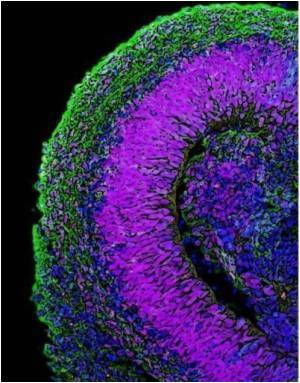
iedroc's team collaborated with Vanderbilt University School of Medicine infectious disease specialist Eric Skaar and University of Georgia chemist Robert Scott for the study.
One of the repressors the scientists discovered, CsoR (Copper-sensitive operon Repressor), regulates the expression of copper resistance genes, and is related to a CsoR, the bacterium that causes tuberculosis in humans.
When the bacterium is exposed to excess copper, the repressor binds copper (I) and falls away from the bacterial genome to which it is bound, making it possible for the copper resistance genes to be turned on.
This makes sense, since in the presence of a lot of copper-a metal commonly used to kill bacteria-a bacterium is well served by expressing genes that help the bacterium sequester and export extra copper before the metal can do any real damage.
The other repressor, CstR (CsoR-like sulfurtransferase Repressor), which the scientists found can react with various forms of sulfur, appears to prevent the transcription of a series of sulfur assimilation genes based on their homology with similar genes in other bacterial species.
Advertisement
The two repressors and the gene systems they regulate are possible new drug targets for controlling Staph growth.
Advertisement
"One thing you could do is prevent the repressors from coming off the DNA in the first place although I think that's probably a long shot," said Giedroc.
"I think the repressors are one step removed from where you'd like to have the action. At this point I think the better targets are going to be the genes they are regulating," he said.
Among those genes, Giedroc said he's hopeful one of the sulfur utilization genes controlled by CstR turns out to be an effective drug target.
The study will appear in the April 15, 2011 issue of the Journal of Biological Chemistry.
Source-ANI










